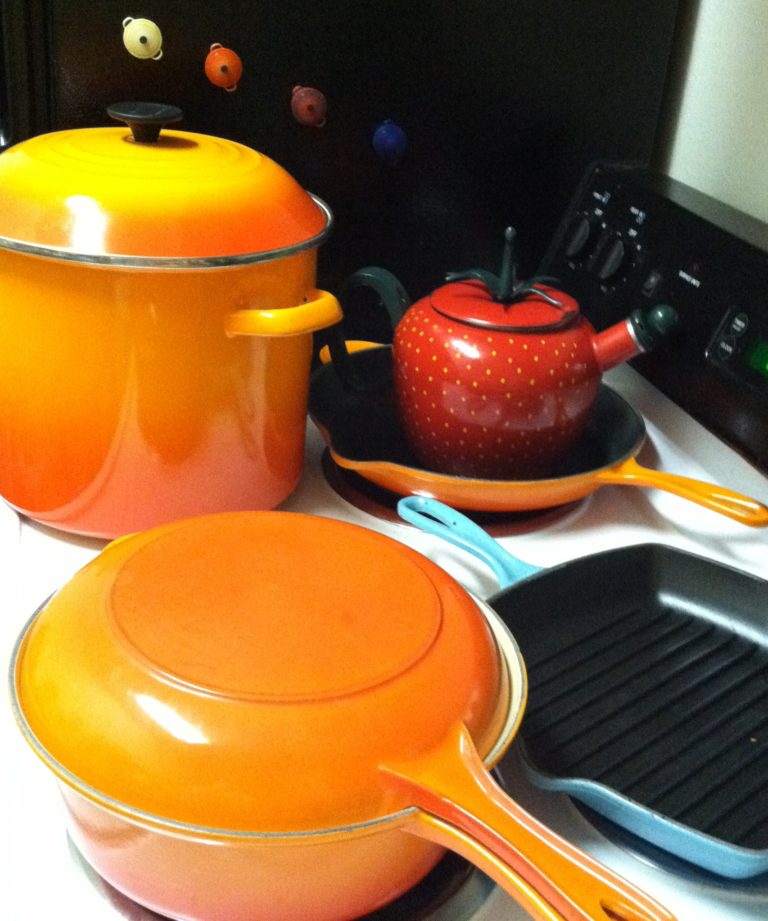Beans, beans are good for your heart…by Elizabeth Brown, MS, Rd
We know beans are a healthy food but difficult to digest. Why are they troublesome, and how can we make things better?
During a recent visit to Texas, I was inspired to make chili—the national dish of Texas. They even have chili cook-offs. Recipes are so secretive that only blood kin are privy to specific ingredients.
I realize that even mentioning Texas while living in USC territory is akin to talking about McCain while living in Obamaland. I’m from PA, a 50/50 swing state. As a Pennsylvanian, I will remain split. I see the positives in both candidates. What I like best is that when you combine the first letters of their last names you get OM—that calming sound you hear in yoga class. If we all said more “om’s,” perhaps there would be more peace in the world. Who can get all riled up over anything after hearing a resounding “om”?
Unfortunately, flatulence does not connote the same calming effect. In fact, when gas is passed, everyone within earshot cringes because a foul smell will often follow. This does not help my case for beans.
Fortunately there are ways to prepare your beans to be less “gas” inducing. And, if you’re one of the millions inflicted by some chronic disease such as Diabetes or Heart Disease, well, beans could be your new best friend. The key is to know the best way to prepare and consume your beans to get the most nutritious and least offensive bang for your food buck.
Beans are rich in fiber which helps to lower cholesterol and prevent blood sugars from rising too rapidly. When combined with corn, brown rice or quinoa, your bean dish also becomes an inexpensive yet high quality protein source. Beans are also rich in B vitamins, especially folate, niacin and thiamine. Plus beans are high in all minerals, including zinc, iron, magnesium and manganese. Dried cooked beans are significantly higher in folate, manganese, iron and potassium than canned beans. Dried beans also cost about 16 cents per cup versus $1.69 for a can of organic beans.
1 ½ c fresh Fava Beans; shelled and boiled until tender – 30 minutes
1 c dry Anasazi beans (3 cups cooked)
6 carrots, cut into half moons
1 bunch fresh red chard, ribs removed and finely chopped, greens roughly chopped
1 bunch fresh fennel, white chopped in half moons, reserve greens for garnishing
½ yellow onion, finely chopped
1 (28oz) can of organic diced tomatoes
1/4 cup water
Polenta Ingredients:
1 bulb garlic
1 cup Polenta
3 cups water
To Cook DRY beans:
Soak beans covered overnight in the refrigerator—three cups of water to one cup of beans. Pour off the soaking liquid. Add three cups fresh water or enough water to cover the beans by two inches. Bring beans to a boil, reduce to medium-low and simmer for one to one and a half hours depending on the type of bean. Check beans every 15 minutes. Add liquid as needed. To check if beans are done, use a spoon and press a bean against the side of the pot.
Add Kombu (sea kelp) to cooking water to further help rid the beans of those troublesome oligosaccarides.
Quick cook method: 5 cups water to one cup beans. Bring water to a boil, turn off heat and set beans aside for an hour. Rinse the beans thoroughly then add fresh liquid, two inches above the height of the beans. Boil as indicated above. NOTE: this cooking method does not help reduce the oligosaccharide content as much as the over night soaking method. Therefore, it is advisable to soak bean overnight.
Roast garlic while cooking the beans. Set oven at 450 degrees. Do not peel garlic. Place the bulb in an oven safe ramekin or wrap in aluminum foil. Roast for 20-25 minutes or until the bulbs are fragrant. Set aside to cool.
Prepare Stew:
Heat the water in a large skillet. Add onion, carrots & chard stems and steam sauté until softened. Add fennel, beans and tomatoes and heat through. Add chard leaves to wilt.
Polenta
Add 3 cups water to sauce pot. Bring to boil. Gradually add polenta and continuously stir until thick like mashed potatoes. Takes about 15 minutes. Squeeze garlic from skin and mash into polenta.
To serve:
Place one half cup polenta in a bowl. Top with 1 cup of Fava Bean Stew
Garnish with fennel greens
Drizzle with olive oil to enhance flavors and absorption of nutrients.



